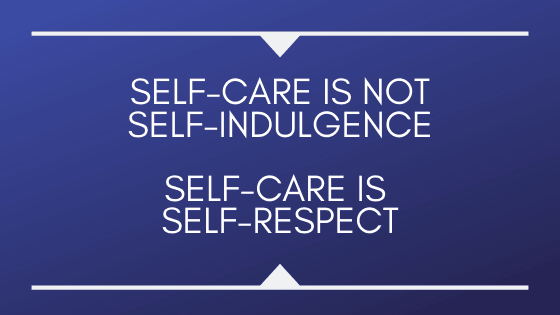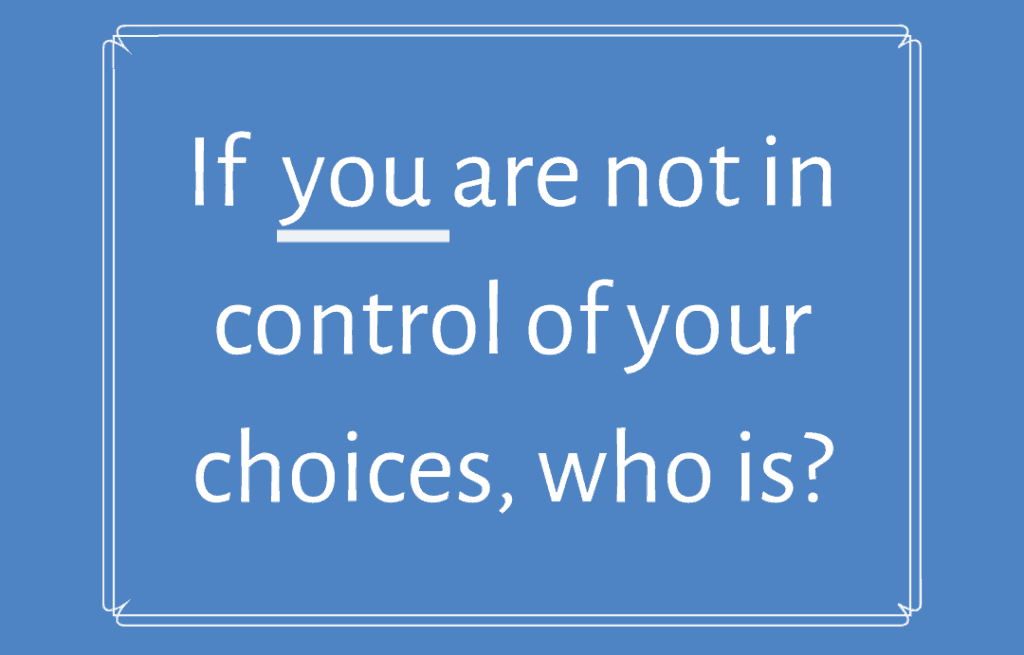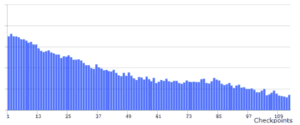“I’ve tried everything and nothing has worked. ”
We hear this all the time from people who want to work with us. But when we really peel back the layers, it turns out that they haven’t tried anything at all. Not really.
Here’s how it usually goes down:
You buy into a new idea–eating clean or intermittent fasting or intuitive eating. Whatever it is, it’s the solution you’ve been looking for.
You read the book, buy the workbook, do the exercises. You make a plan and schedule it all in. And that’s where the effort peaks.
Maybe you stick to the plan for a day or 3. And then, you start to hit some resistance. You get impatient. It’s hard and it’s not working yet. So you conclude that it’s not for you and start looking for the next thing.
When we continually jump from thing to thing, and don’t stick with anything long enough to get results, we get nowhere. We say we’ve tried everything and nothing works. But in reality, we’ve tried nothing.
The only way to get results that last is to permanently change your behavior. And true behavior change takes sustained effort. Fortunately, it doesn’t have to be extreme or excruciating effort. Just sustained.
And it’s not a matter of picking the best or most effective diet or workout, either.
Take 100 steps on any path and you’ll be much closer to your destination than taking the first 10 steps on 10 different paths.
So, the next time you commit to a positive change or action, no matter how small, commit to staying the course. Give yourself time to actually create and reinforce that new habit pattern. (They say creating a habit takes 21 days but it depends on the habit. You know it’s a habit when you no longer have to decide whether or not to do it. )
Give that new behavior time to bear fruit before deciding that something else will work better.
“Something else” won’t work better. The thing you stick with is going to be the thing that works or, at the very least, leads you to the thing that works.






